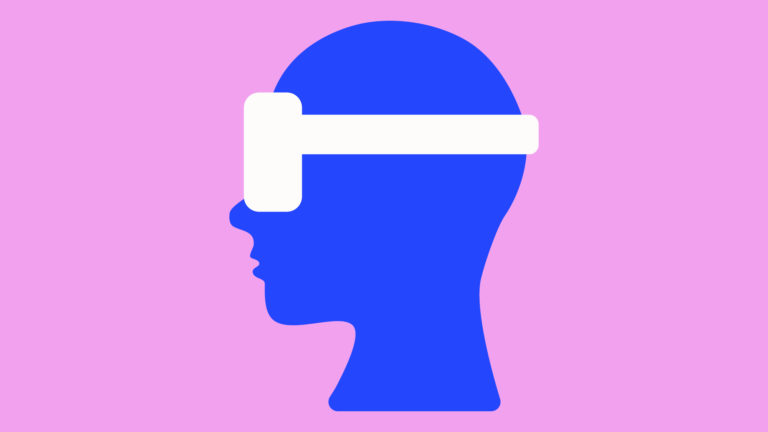Do you think you can read other people’s emotions? Think again. In this lecture, distinguished professor of psychology Lisa Feldman Barrett debunks three of the most common myths people hold about emotions. She also explores the latest brain research about how emotions are made and how they work. Her talk will intrigue anyone who wants to better understand themselves and others.
Science doesn’t back three of the most common beliefs people hold about emotions.
Many people believe a person is happy when he or she smiles, or is sad when he or she frowns. Contrary to popular thinking, however, facial expressions are poor indicators of how a person feels. Hundreds of studies reveal that people who are experiencing the same emotions may move their faces in a variety of ways. Take anger, for example: Research shows that people who are angry scowl about 30% of the time, but they also may smile or put on a stern face instead.
Another common belief is that emotions manifest in the body through a unique, recognizable pattern of physical changes. Science suggests otherwise. People’s bodies react in different ways when feeling the same emotion. Moreover, physiological changes, such as an increase or decrease in heart rate or blood pressure, do...
























Comment on this summary